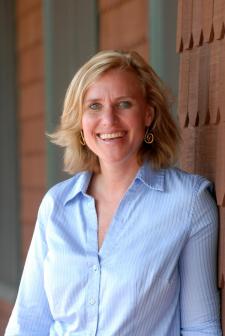University of Delaware's Jose Aviles Answers Six Questions
Posted on Mon, 03/03/2014 - 11:29
Delaware became the "First State" in 1787. But the University of Delaware can trace its roots to a small private academy founded 44 years earlier, in 1743, by the Reverend Francis Alison. The first class of Alison's "Free School" would include three individuals who later became signers of the Declaration of Independence -- George Read, Thomas McKean and James Smith. Today, the University of Delaware is a Land Grant, Sea Grant, Space Grant, Carnegie Research University, located in the suburban community of Newark, midway between Philadelphia and Baltimore. The Declaration of Independence signers are memorialized on residence halls on the UD campus, described by the Washington Post, as "a stunning landscape of Georgian Colonial red-brick, white columned architecture to rival anything conceived by Thomas Jefferson."









